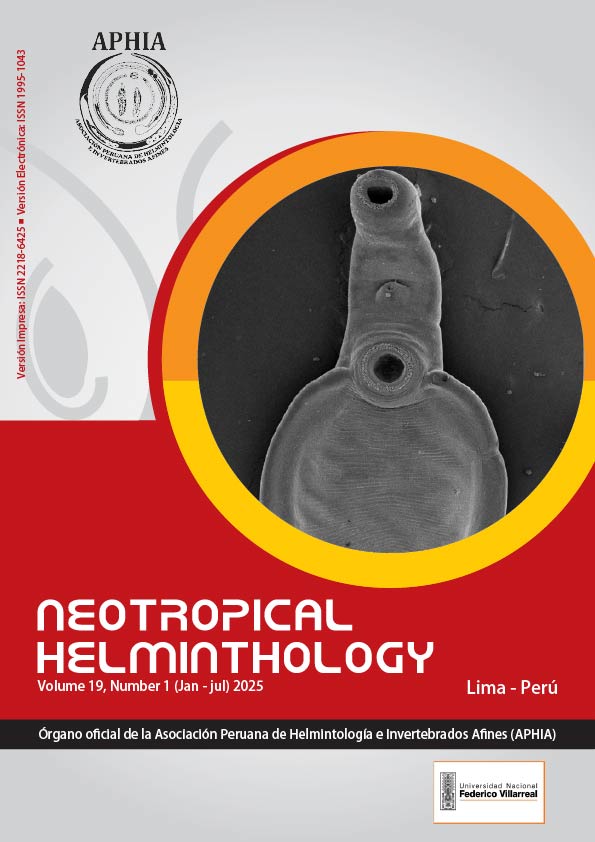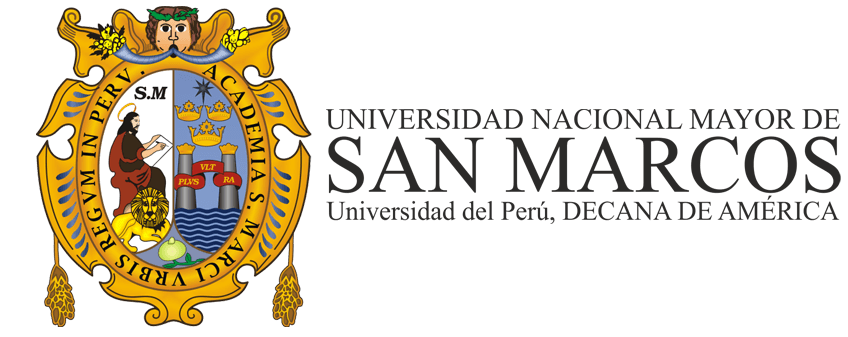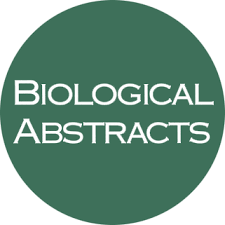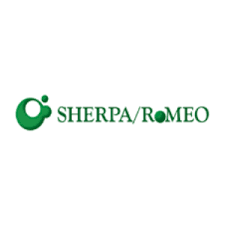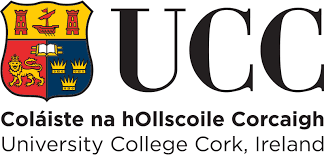Yeasts and enzymes from vitivinicultural residues for helminthology in agricultural soils
DOI:
https://doi.org/10.62429/rnh20251922010Keywords:
agricultural soils, enzymes, grape pomace, phytoparasites, yeastsAbstract
Vitivinicultural residues represent an abundant source of lignocellulosic biomass which, when transformed by the action of yeasts and enzymes, can modify edaphic conditions and have implications for the ecology of phytoparasitic and free-living nematodes. The objective of the study was to describe yeasts and enzymes from vitivinicultural residues in relation to helminthology in agricultural soils. A descriptive, observational, and exploratory study was conducted between March and June 2025. Twenty-four samples of grape pomace (Vitis vinifera L.) were collected from the “El Campano” winery. The residues were subjected to alkaline and enzymatic hydrolysis, as well as fermentation with yeasts. The presence of fungal species was recorded using conventional microbiological techniques, and the activity of hydrolytic enzymes was determined through qualitative plate assays. A descriptive analysis of frequencies and observed characteristics was applied. The predominant yeast was Saccharomyces cerevisiae (Meyen ex E.C. Hansen, 1883), detected in 75% of the samples, followed by Candida spp. (16.7%) and Hanseniaspora spp. (8.3%). Regarding enzymes, cellulases were detected in 83.3% of the residues, hemicellulases in 62.5%, and pectinases in 50%. The combined action of yeasts and enzymes promoted polysaccharide degradation, increasing the release of soluble compounds with potential effects on edaphic microhabitats. It is concluded that yeasts and enzymes present in vitivinicultural residues constitute relevant ecological factors that can modify agricultural soil conditions and influence the structure and dynamics of phytoparasitic and free-living nematodes, thereby opening new research perspectives in sustainable agroecosystems.
Downloads
Downloads
Published
How to Cite
Issue
Section
License

This work is licensed under a Creative Commons Attribution-NonCommercial-NoDerivatives 4.0 International License.
OBJETO: El AUTOR-CEDENTE transfiere de manera TOTAL Y SIN LIMITACIÓN alguna al CESIONARIO los derechos patrimoniales que le corresponden sobre la (s) obra(s) tituladas: xxxxxxxxxxxxxxxx, por el tiempo que establezca la ley internacional. En virtud de lo anterior, se entiende que el CESIONARIO adquiere el derecho de reproducción en todas sus modalidades, incluso para inclusión audiovisual; el derecho de transformación o adaptación, comunicación pública, traducción, distribución y, en general, cualquier tipo de explotación que de las obras se pueda realizar por cualquier medio conocido o por conocer en el territorio nacional o internacional.
REMUNERACIÓN: La cesión de los derechos patrimoniales de autor que mediante este contrato se hace será a título gratuito.
CONDICIONES Y LEGITIMIDAD DE LOS DERECHOS: El AUTOR-CEDENTE garantiza que es propietario integral de los derechos de explotación de la(s) obra(s) y en consecuencia garantiza que puede contratar y transferir los derechos aquí cedidos sin ningún tipo de limitación por no tener ningún tipo de gravamen, limitación o disposición. En todo caso, responderá por cualquier reclamo que en materia de derecho de autor se pueda presentar, exonerando de cualquier responsabilidad al CESIONARIO.
LICENCIA DE ACCESO ABIERTO: El AUTOR-CEDENTE autoriza que manuscrito publicado en La Revista Neotropical Helminthology permanece disponible para su consulta pública en el sitio web https://www.neotropicalhelminthology.com/ y en los diferentes sistemas de indexación y bases de datos en las que la revista tiene visibilidad, bajo la licencia Creative Commons, en la modalidad Reconocimiento-No comercial- Sin Trabajos derivados –aprobada en Perú, y por lo tanto son de acceso abierto. De ahí que los autores dan, sin derecho a retribución económica, a la Asociación Peruana de Helmintología e Invertebrados Afines (APHIA), los derechos de autor para la edición y reproducción a través de diferentes medios de difusión.

